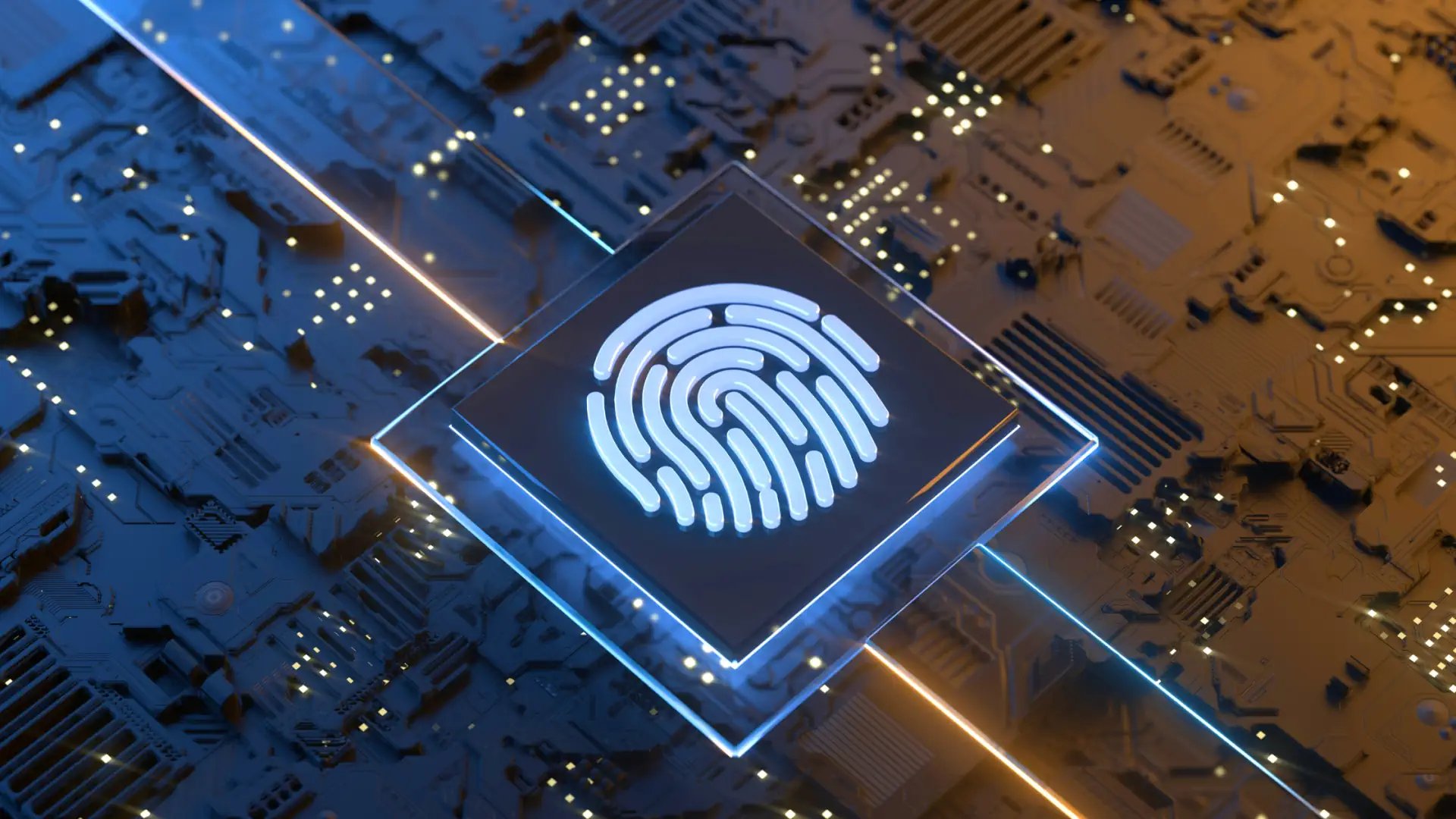Are You Hosting Your Own Email Server?
In March 2021 a Chinese-based hacker group known as Hafnium deployed an attack on Microsoft...

One of the best ways to help employees stay on board in the fight against cyber threats is to educate them. That way, they can quickly identify any threat and know the most effective ways to tackle them.
Many companies have realized the need to create a cybersecurity plan to educate employees and keep their businesses secure. Let’s see how to create the most effective cybersecurity plan for your staff.
In the fewest words possible, a cybersecurity plan, or otherwise known as a Written Information Security Program (WISP), refers to an organization's protective and coordinated set of actions that mitigate, remedy, and prevent an IT attack. A typical cybersecurity plan outlines the security policies an organization's staff members should adhere to, control measures that reduce the organization's exposure to risks, and detailed countermeasures to deploy whenever a data breach or cyber attack occurs.
Most businesses and companies have different levels of risk tolerance. As a result, most businesses are more prone to cyber-attacks and could experience more damaging effects than others.
Hence, creating a Written Information Security Program is just as crucial as building one well-suited for your business and assessing all possible risks your business can face.
Creating a WISP suited for your business means evaluating every element of your business that is crucial in its day-to-day functioning. For most companies, one of such elements is its staff members. Therefore, a business's employees play a pivotal role when it comes to the business's cybersecurity.
An individual can be meticulous with personal cybersecurity measures by following basic security principles such as not logging in to emails and sending sensitive information over a public network. With little to gain from the average individual after a successful attack, it is much harder for cybercriminals to target individuals, except in unique situations.
Large organizations, on the other hand, have significantly different cybersecurity measures that require even more meticulousness. These companies also have many more that can be threatened or lost with a successful cyber attack including revenue, customer information, public trust, etc.
As such, cybercriminals generally rely on the odds of having a not-so-security-conscious employee through which they can gain access to a company's security systems. Hence, each employee has to be just as security-conscious and meticulous with the cybersecurity plan as the business owner. Where one employee slips up, the whole business could face damaging effects. This is why you need a cybersecurity plan for your staff.
The first step in creating a cybersecurity plan for your employees involves education on security measures such as the loopholes cyber criminals look out for, what business information they can share online, and how to detect harmful software, phishing emails, etc. Employee education on security measures is very crucial in avoiding cyber attacks.
With all employees educated adequately on what is and isn't cyber secure, they can learn the best ways to protect their business from cyber criminals.
The following steps for businesses creating a cybersecurity plan for employees involve setting security policies that all employees should follow. These policies should include best practices for day-to-day operations, workspace etiquette, etc.
Since there is no one-size-fits-all cybersecurity plan, most businesses would use varying cybersecurity plans tailored to their business. However, from a general perspective, the security policies most companies employ in this step include three elements:
This focuses on policies that reduce business email compromises and cyber attacks from email access. Best practices hinge around:
Employees' online interaction is usually a gateway for most cyber attacks. Establishing a clear internet usage plan that sets out information about employees' behavior when interacting online, such as:
Policies in this regard essentially stipulate rules that:
Most businesses create cybersecurity plans that either exclude staff members or assign cybersecurity tasks to only specific staff members. However, an effective cybersecurity plan for your business typically requires all hands on deck. This means that all employees and staff members must be aware of the risks of cyber attacks and security breaches a company faces and should be actively involved in best practices that put these threats at bay.
In March 2021 a Chinese-based hacker group known as Hafnium deployed an attack on Microsoft...
Are managed IT services for law firms the way to go to overcome data security issues? When polled...
Modern-day businesses have expedited operations thanks to tech innovations. This helps companies...